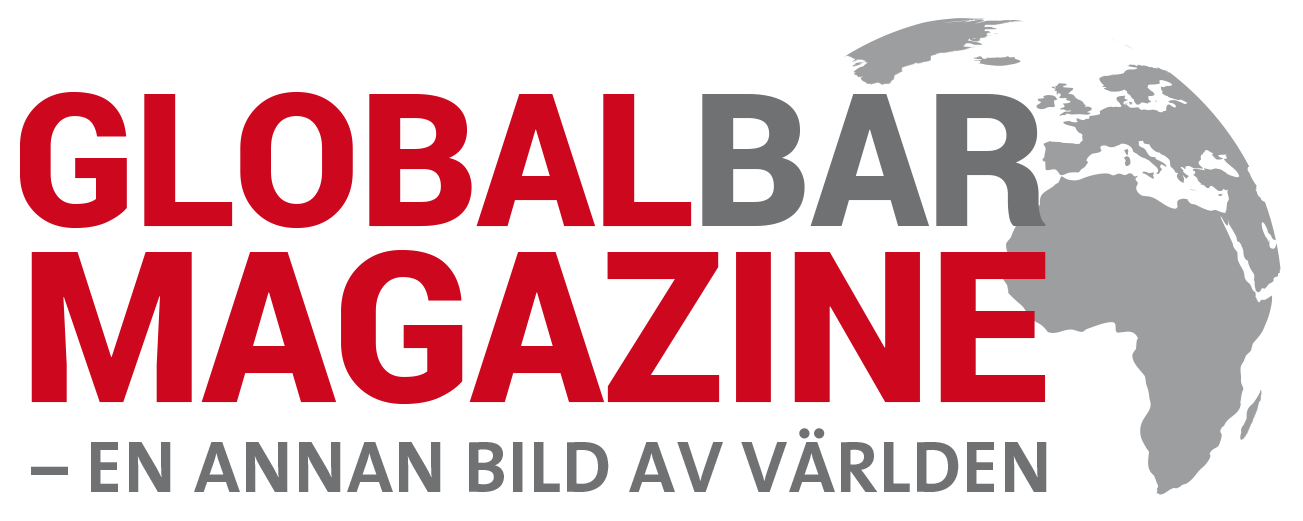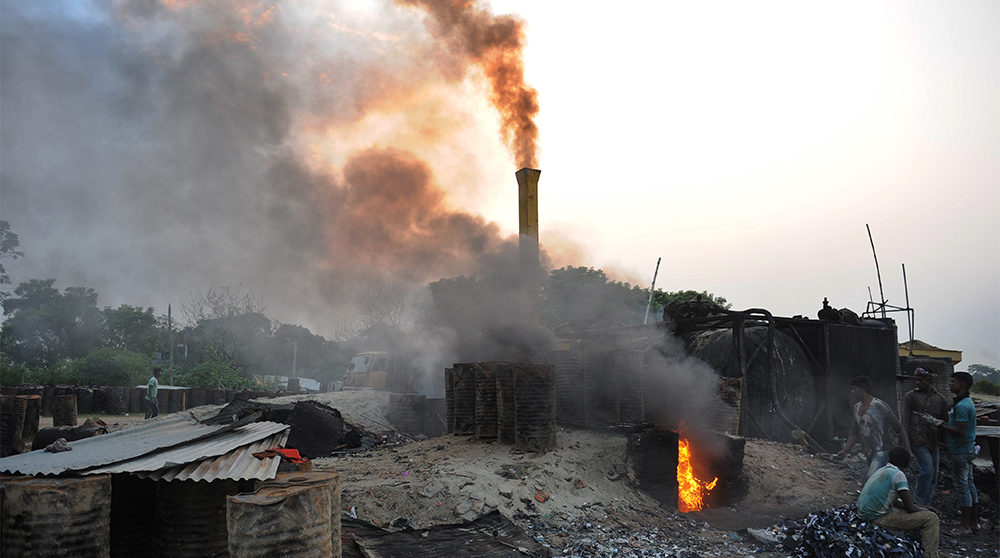Since independence in 1956 the Sudanese have lived through 35 coups, attempted coups and coup plots – more than any other African country. During 35 years, Omar al-Bashir dominated the country and his legacy has continued to play out today, writes Willow Berridge from Newcastle University.
When the 2019 uprising against long-time dictator Omar al-Bashir created a military-civilian transitional government, the Sudanese hoped that their country would transition to democratic rule.
But their hopes were dashed in October 2021 when Abdel Fattah al-Burhan led a coup against his civilian counterparts in the transitional government.
In the latest round of conflict that began on 15 April 2023, civil war looms as the security actors who benefited from Bashir’s downfall battle for supremacy.
I have studied Sudanese politics for 15 years, and this latest round of conflict is the worst in the country’s recent history. And the legacy of Bashir’s rule is central to this calamity.
Bashir bent government institutions to serve his regime. He chose conflict over compromise in dealing with politically marginalised groups in Darfur, in Sudan’s west, and in the south. He used force to hold on to power. This fuelled his support of the Rapid Support Forces (RSF), which was used to check regional rebels and the army.
Bashir’s legacy has continued to play out today. His former allies have mobilised to block the transition to civilian rule. This had been promised to the Sudanese people under a framework agreement signed in December 2022 by the military and a coalition of civilian actors.
In my view, Burhan’s fear of civilian attempts to rein in military privileges led him to preserve key elements of the Bashir system. This is playing a divisive role in the current conflict.
The ideology of Islamism
Part of Bashir’s legacy has to do with Islamist politics. It’s this legacy that Mohamed Hamdan Dagalo, better known as Hemedti and who heads the paramilitary force, sought to exploit to his favour when he labelled Burhan a “radical Islamist”.
This characterisation was designed to appeal to Western powers. But it’s inaccurate. To understand why, one has to understand the ideological trajectory of the Bashir regime.
When Bashir staged the coup in 1989, he was acting as a representative of a cell in a military carefully cultivated by the National Islamic Front. The political party co-ordinated the coup with Bashir.
The National Islamic Front was led by Hasan al-Turabi, who had run Sudan’s Islamic Movement since the 1960s. He had grown frustrated at his failure to introduce his version of Muslim law (Sharia), through parliamentary means.
Soon after the coup, Bashir and Turabi initiated a process of tamkeen (empowerment). This policy, the legacy of which still remains, enabled them to give adherents of Islamism and security bosses willing to ally with them control over almost every part of public life in Sudan.
Formally, Bashir installed an independent, technocratic government. In practice, however, power lay with a military-Islamist coalition that ran the country behind the scenes.
Throughout the 1990s, Bashir set about ruthlessly purging Sudan’s independent civil society organisations and political parties. By the end of the decade, he’d fallen out with Turabi.
He ejected Turabi from the government in 1999 and co-opted selected representatives of the opposition into his regime in the decades that followed. Bashir maintained the military-Islamist coalition as the basis of his National Congress Party. This kept the edifice built through tamkeen in place.
Making amends
In the 1990s, the Sudanese government hosted radical Islamists who sought to export revolution abroad and topple neighbouring regimes deemed to be Western proxies. However, after the split with Turabi in 1999, the Bashir regime attempted to repair its international image by distancing itself from such militant groups. It also began to cooperate with Western intelligence agencies.
In the later Bashir period, the Sudanese government supported the Saudi-Emirati coalition against the militant Islamist Houthis in Yemen. Burhan oversaw this deployment.
When he emerged as the transitional military leader in 2019, Burhan benefited from the perception that he was a professional soldier more than an Islamist.
His principal interests are aligned with the military’s core interests: maintaining its privileged social and political status, as well as its numerous business enterprises. Burhan made the political calculation in 2021 that National Congress Party-era security bosses and bureaucrats were his best allies in the battle to both prevent civilians challenging the military’s grip on the economy, and Hemedti’s Rapid Support Forces emerging as an alternative power centre. After taking over power, he co-opted these former security bosses into government.
The Islamism of the Bashir-era stooges Burhan has been returning to government is defined by three elements. These are socially conservative authoritarian politics, including the return of morality policing; a hostility to the Sudanese left; and corruption.
While these leaders are mostly not the “radical Islamists” the West fears, for many Sudanese, their ongoing commitment to a narrowly defined Arab-Islamic identity is divisive.
A difficult dismantling
After he seized power in 1989, Bashir insisted that his coup was a conventional military movement designed to return order to public life. Bashir, who has been in jail since April 2019, still maintains that line. The military that overthrew him has been reading the same script.
Four months after the military had removed Bashir, it signed a constitutional declaration with the main civilian coalition, the Forces of Freedom and Change.
This led to the formation of a joint military-civilian transitional government. The government established an Empowerment Removal Committee to dismantle the network of parastatal charities, media enterprises and banks that had enabled Bashir and his allies to maintain their grip on Sudan.
But Burhan’s October 2021 coup disrupted this. The committee was pushed aside and most of its prominent members arrested.
But even before this coup, dismantling Bashir’s regime was an enormous challenge.
The media is a case in point. In the Bashir period, the media was controlled by nominally independent proprietors. In practice, they were National Congress Party cronies, thriving off the party’s domination of the Sudanese economy.
The notorious al-Intibaha newspaper, for instance, is known for its hostile rhetoric towards the South Sudanese. It continued to act as a platform for Bashir’s warmongering uncle, al-Tayyib Mustafa, even after Mustafa was arrested for posing a threat to the transitional government.
After Mustafa’s death in 2021, the paper retained his style. A piece published shortly before the April 2023 outbreak of conflict characterised the civilians in the 2019-2021 transitional government as dual nationals serving foreign interests. It attacked efforts to curtail the security services’ powers.
Bashir may have fallen in 2019, but his military successors have preserved much of his regime’s infrastructure. The remnants of this continue to undermine democratic transition in Sudan, with ultimately disastrous consequences.
Willow Berridge
Lecturer in History, Newcastle University
This article is republished from The Conversation under a Creative Commons license. Read the original article here.
Read more:


